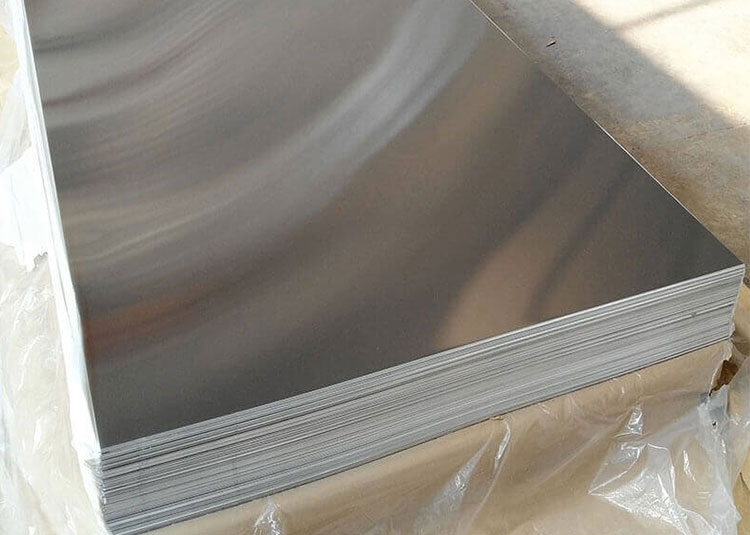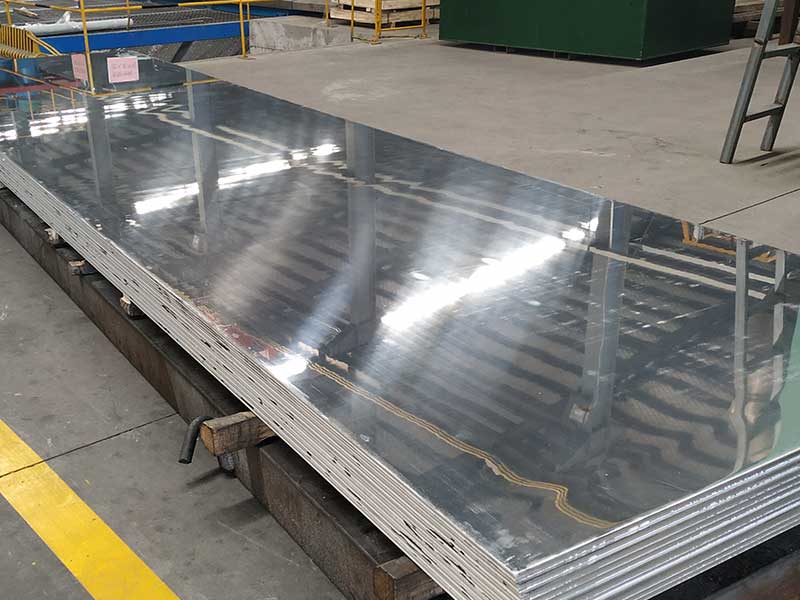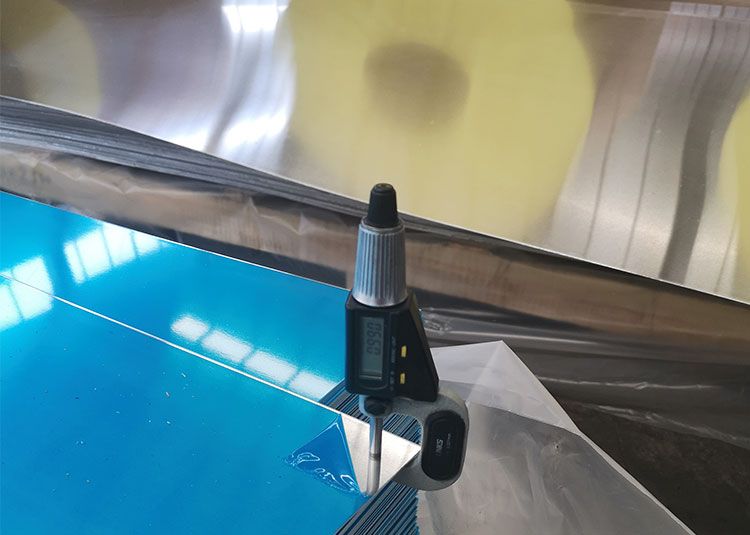As the demand for sustainable energy solutions continues to grow, the importance of optimizing battery design and materials comes to the forefront. New energy lithium batteries are at the heart of the green revolution, powering electric vehicles, renewable energy storage solutions, and other cutting-edge technologies. A critical aspect of their design is the choice between steel and aluminum shells. This article delves into the advantages and disadvantages of each, helping you to make an informed decision for your energy needs.
Battery shells serve as the protective casing for the internal components of lithium batteries. They play a vital role in ensuring safety, durability, and efficiency. With a growing emphasis on enhancing battery performance while keeping costs down, selecting the right material for the battery shell becomes crucial. Let’s compare steel and aluminum shells based on several key factors.
Steel Shells: Steel, known for its superior tensile strength, offers excellent protection against physical damage. It’s particularly effective in handling impact forces and can provide long-lasting durability. This makes steel shells a popular choice for applications where vibration and mechanical stress are prevalent, such as in electric vehicles.
Aluminum Shells: Aluminum, on the other hand, is not as strong as steel but provides sufficient protection for most applications. Its inherent resistance to corrosion adds to its durability, particularly in harsh environmental conditions. However, aluminum shells may not withstand the same levels of impact as steel.
Steel Shells: One of the primary drawbacks of steel is its weight. While steel offers high strength, the added weight can be a significant disadvantage in applications where weight reduction is critical, such as in electric cars. Increased weight lowers energy efficiency and can impact vehicle performance.
Aluminum Shells: Aluminum shines in this category because it is significantly lighter than steel. For instance, an aluminum shell can weigh up to one-third less than its steel counterpart, which results in better energy efficiency, increased storage capacity, and enhanced vehicle handling dynamics.
Steel Shells: Steel has lower thermal conductivity, making it less effective at dissipating heat produced during battery operation. This can lead to increased operating temperatures and potential thermal runaway situations if not properly managed.
Aluminum Shells: Aluminum has a high thermal conductivity, allowing for efficient heat dissipation. This attribute is crucial for maintaining battery health, especially in high-performance applications where heat can build up quickly.
Steel Shells: While steel is usually cheaper and readily available, its long-term performance and durability may justify the initial investment. In industrial applications where potential damage is frequent, opting for steel might, therefore, be the more economical decision in terms of cost per use.
Aluminum Shells: Generally, aluminum shells tend to be more expensive than steel. However, their weight savings can reduce shipping costs and overall operational efficiencies, particularly for electric vehicles where maximizing range is paramount.
Both materials have their environmental implications; however, aluminum can be recycled more effectively than steel, leading to a lesser carbon footprint in the battery's life cycle. This aspect aligns with the overarching goal of energy sustainability.













